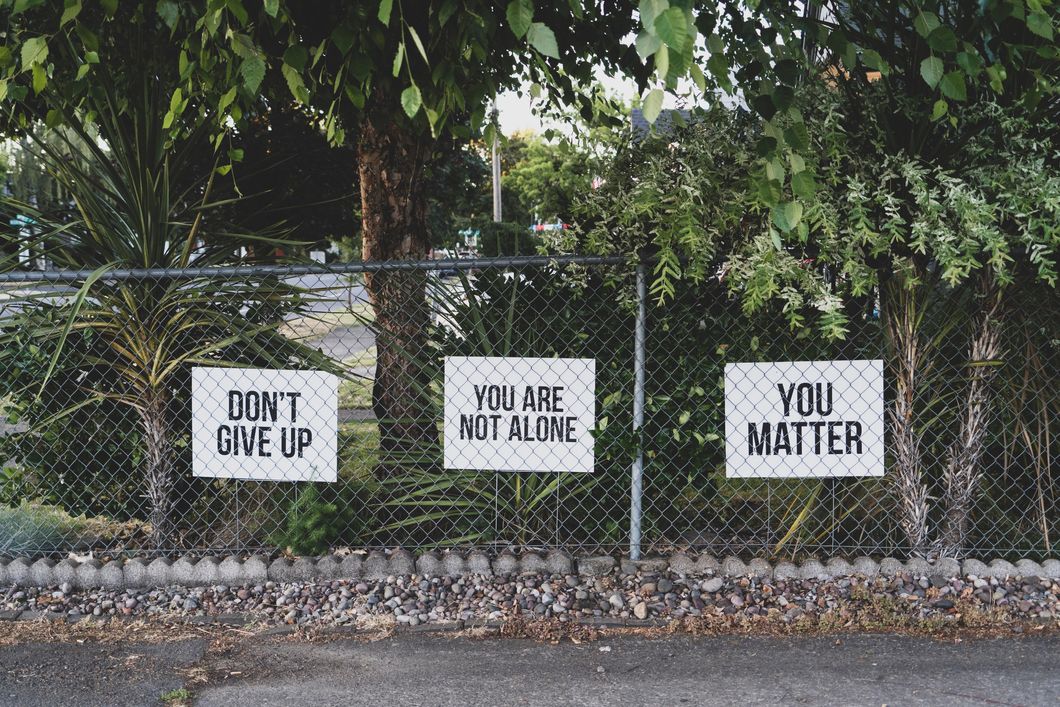WRAP is a tool that was created by Mary Ellen Copeland. Anyone can have a WRAP to have a plan on how to conduct one's life or even mention what are one's preferences when one has to go to the hospital loses the ability to make decisions. I provided an outline of what WRAP looks like below.
1. There's five key concepts of WRAP.
1. Hope
2. Personal Responsibility
3. Education
4. Self-Advocacy
5. Support System
2. The second component of a WRAP is the wellness toolbox.
The wellness toolbox is a list of what you would be doing when you are doing well. They are activities that one performs to cope with life.
3. Think of your daily maintenance plan as a to-do list of sorts.
The daily maintenance plan is divided into certain parts. One could write the things one needs to do every day to stay well, things one might choose to do, and a generic plan. For the daily maintenance plan, I personally prefer having a to-do list with stuff I have to do that can be moved to different dates if I could not accomplish it on that day. The other option is a time-based schedule. Personally, my daily maintenance plan is on an app called Elisi.
4. The next step is to write down stressors.
On the stressors section, one writes what to avoid because one may be affected mentally by words or activities or even an action another person performs. Additionally, include an action plan when one encounters stressors and plans for limiting them.
5. The early warning signs are crucial.
Early warning signs are signs in which one is not doing well. It also includes an action plan for what one wants when he or she is not doing well.
6. The next component is to write down what happens when things are breaking down.
On this section, definitely include signs that a crisis is coming through. What is the action plan when one is breaking down? Include things one might choose to do when things get much worse.
7. Crisis planning is all about providing support.
Include what one looks like when one is doing well. Include what one would like the supporters to do. Include information, ways of contact and how can one best support another.
8. The post-crisis plan is all about growth.
This is when one lets know supporters when one is okay. What changes could one make? What was learned from the most recent crisis?
The WRAP plan is very useful. I personally like to add one more section to the WRAP plan - resources. Resources include organizations that specialize in helping people who are struggling. The reason I include resources is that I think not only of myself but others as well.
An interesting concept behind the WRAP plan is that it can be used to authorize one's treatment provider so that they can effectively act in a state of emergency and contact the people included in one's WRAP plan.
WRAP has helped me find the activities that I love. It is the guide my support system follows and my health providers are aware of it. It can be updated any time I want because it is a living document. It is not only empowering but also provides me with self-awareness. I love my WRAP plan and I hope everyone can enjoy making their own WRAP plan as well.



















